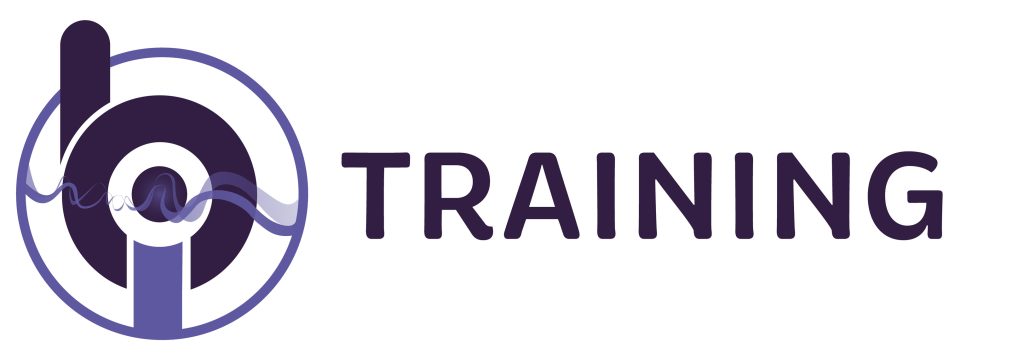Tip of the month
Diagnosing & Treating Intracellular Pathogen Loads
Viruses, bacteria or parasites can attack and invade cells of the body. These cells then act as host cells for these intracellular pathogens. This has enormous advantages for the pathogens, including protection from the host’s immune system, partial protection from antibiotics as well as nutrient supply. The invasion of cells also enables the pathogen to spread into the deeper tissues and disseminate via the bloodstream.
Obligatory intracellular pathogens
- All viruses
- Bacteria: Chlamydia, Urea plasma, Mycoplasma, Rickettsia, Coxiella burnetii, Mycobacteriumleprae
- Fungi: Pneumocystis jirovecii
- Protozoa: Plasmodia, Toxoplasma gondii, Cryptosporidium parvum, Trypanosoma cruzi, Leishmania, Babesia
Optional intracellular pathogens
- Bacteria: Mycobacteria, Legionella, Yersinia, Neisseria meningitidis, Brucella, Nocardia, Bartonella, Listeria, Francisella tularensis, Borrelia, Rhodococcus equi, Salmonella typhi, Shigella, Leptospires, Treponema pallidum, Ehrlichia.
- Fungi: Cryptococcus neoformans, Histoplasma capsulatum
These intracellular pathogens should be tested in every patient, especially those with neurological problems of any kind, e.g.
- Sensory disturbances, paraesthesias
- Restlessness, clouding of consciousness, memory loss
Most patients with such symptoms have intracellular stresses in the background!
For patients with rheumatic diseases or pain and bronchopulmonary problems, stress from Chlamydia pneumoniae, Bartonella and Borrelia can often be found. Combinations of parasites or viruses often occur and heavy metals are often a cause of stress in combination!
Painful joint effusions, bursitis, pain of the large joints, heel and shin pain can also be due to Borrelia stress in combination with mercury.
Testing is done by a bio-energetic test procedure with the 5 Elements Test Kit or by testing with the BICOMmultisoft® Test (with the test programme 192.0).
If, for example, the pink ampoule “Bacterial Strain” tests positive, the individual bacteria can then tested with an Ai – programme 191.0 (KTT test kit bacteria) or 170.0 (identification test kit / Multisoft).
Before eliminating the pathogens, possible blockages and the organs of elimination should be treated. Only then should the treatment of the tested strain be carried out.
Specific pathogen programs with pathogen ampoule:
- 996.0 „Virus therapy“
- 978.1 „Strain, exposure to pathogens“ (included in program sequence 10024 with 3013.0)
- 3447.0 „Virus therapy“
- 3442.0 „Parasite therapy“
Unspecific pathogen programs with pathogen ampoule:
- 197.0 „CTT test and therapy program“
- 10325 „Pathogen Ai“
- 10326 „Pathogen Di“
Retest after treatment. It may still be necessary to “unmask” the intracellular load.
Unmasking: KTT ampoule “Unmask” (5 Element Test Kit; Degenerate Cells Test Kit) Prog. 192 (A), approx. 3 min or Prog. 3460 (Extension Module 1) or
Prog. 3460 (extension module 1) or Prog. 3136 “Intracellular stress” Optima new (Dr. Sabine Rauch: H+Di, lowest frequency, bandpass 3.6 Hz, sweep=yes, V-Dl sym., gain H 5, Di 15.0, V-DL = 50 sec., time = 3 min).
Once unmasking has taken place, repeat the testing of the treated pathogen and, if necessary, continue treatment with the previously applied therapy programmes.
We wish you much success in implementing our tips!
